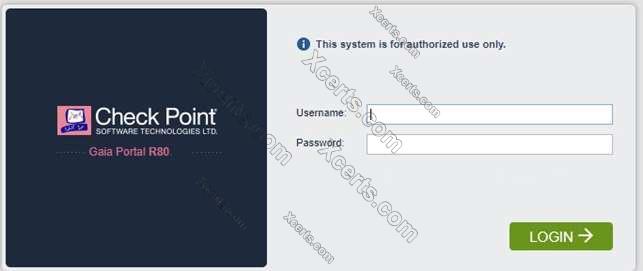Kofi, the administrator of the ALPHA Corp network wishes to change the default Gaia WebUI Portal port number currently set on the default HTTPS port. Which CLISH commands are required to be able to change this TCP port?

- set web ssl-port <new port number>
- set Gaia-portal port <new port number>
- set Gaia-portal https-port <new port number>
- set web https-port <new port number>
Answer(s): A
Explanation:
In Clish
A). Connect to command line on Security Gateway / each Cluster member.
B). Log in to Clish.
C). Set the desired port (e.g., port 4434):
HostName> set web ssl-port <Port_Number>
D). Save the changes:
HostName> save config
E). Verify that the configuration was saved:
[Expert@HostName]# grep 'httpd:ssl_port' /config/db/initial
Reference:
https://supportcenter.checkpoint.com/supportcenter/portal?eventSubmit_doGoviewsolutiondetails=&solutionid=sk83482